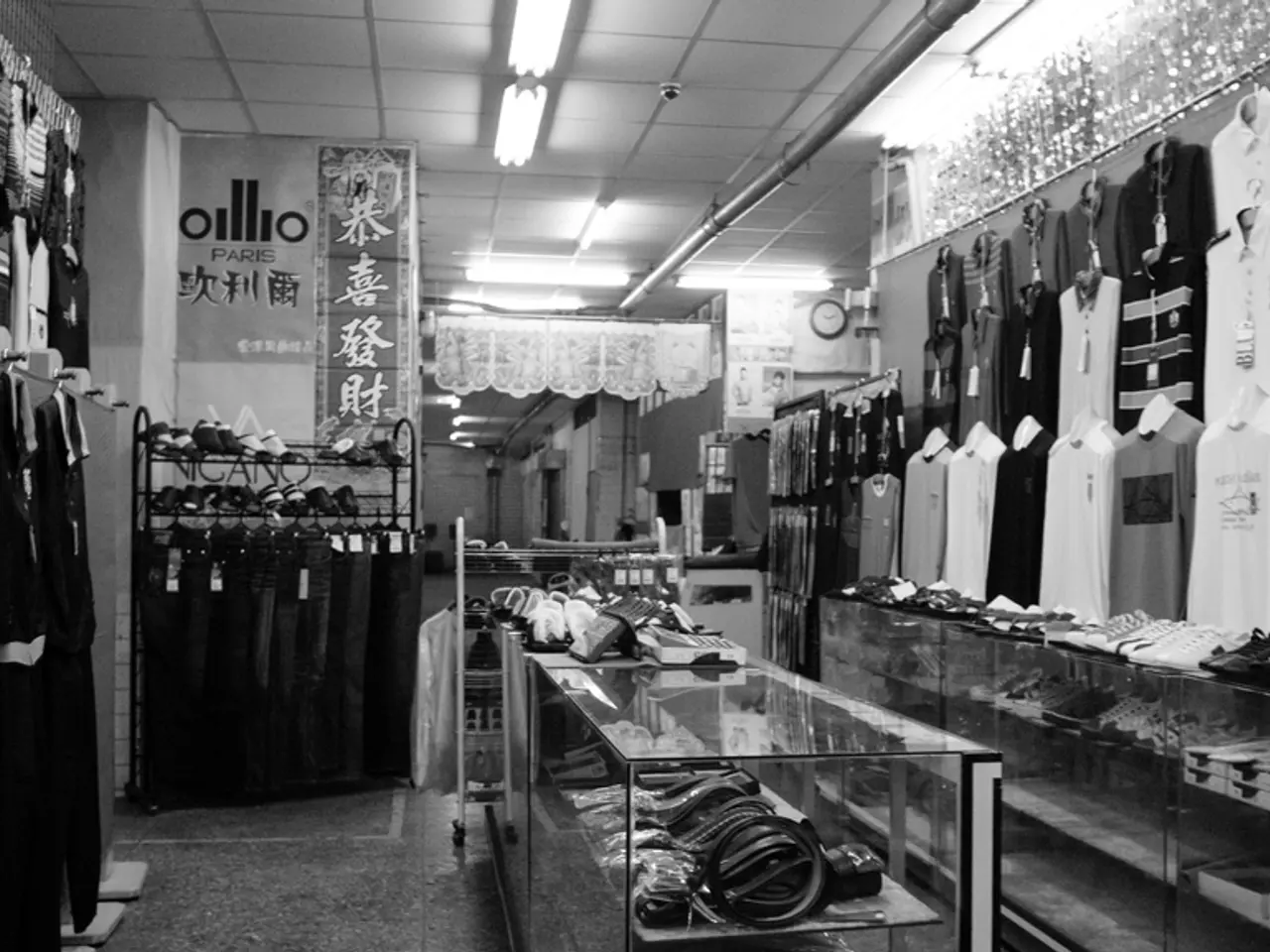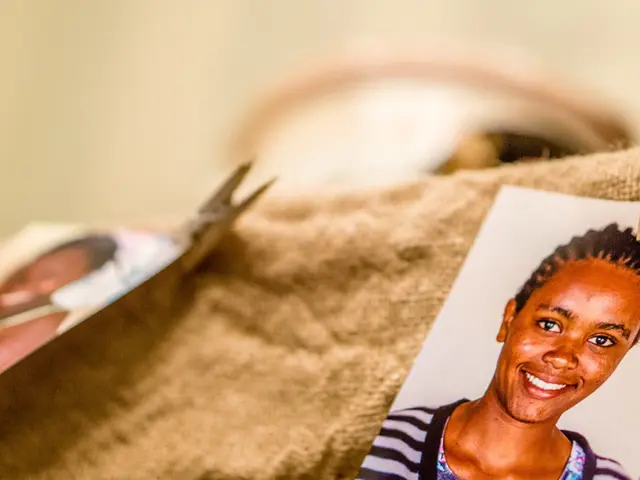Charting a Path: Insights on Becoming a Skilled Clothing Designer
In the dynamic and ever-evolving world of fashion, aspiring designers can embark on an exciting journey that combines creativity, technical skills, and industry knowledge. To succeed in this competitive field, a combination of formal education, practical experience, and networking is essential.
**1. Education and Skill Development**
A relevant degree, such as a Bachelor's in Fashion Design, Applied Arts, or Textiles, typically takes 3-4 years and covers fundamental aspects like color theory, fabric knowledge, pattern making, tailoring, digital illustration, and computer-aided design (CAD) software. To enhance competitiveness, consider courses in merchandising, business management, marketing, sustainable textiles, and fashion show production.
**2. Define Your Creative Identity**
Discover your unique style by exploring iconic designers, cultural influences, and fashion niches. Develop mood boards and sketch concepts to visually express your design ideas and aesthetic.
**3. Build a Strong Portfolio**
Create a concise, tailored portfolio reflecting your skills and style. Include sketches, mood boards, fabric swatches, and completed designs, and introduce it with a brief personal summary explaining your inspirations and design focus. Tailor your portfolio for specific job applications or clients to highlight relevant projects.
**4. Gain Industry Experience**
Participate in internships with fashion houses, manufacturers, or stylists. Internships provide hands-on experience, enhance your skills, and expand your professional network. Seek mentorship from experienced designers, professors, or industry professionals.
**5. Networking and Industry Engagement**
Build connections within the fashion industry through internships, mentorships, fashion events, and professional associations. Stay current with trends by reading fashion magazines, attending shows, and following influential designers. Branding and marketing your designs effectively are crucial for long-term career success.
Online classes and workshops can provide essential knowledge of design principles, fabric selection, and weaving. In the fashion world, branding and marketing are the bridges that connect creative ideas with the people who will wear them.
The fashion industry offers various career paths, including ready-to-wear, haute couture, costume design, accessories, shoe design, and sustainable fashion. The average annual wage for fashion designers is $74,410, or $6,200 monthly, and can vary based on location, experience, industry, and educational qualifications. A Master's degree in Fashion can provide in-depth information about the fashion field and industry, while a Bachelor's degree in Fashion Design offers a comprehensive understanding.
To overcome challenges in the fashion industry, adaptability, flexibility, and a strong understanding of supplier networks and cost control are crucial. Mastering the art of branding and marketing is also essential for success. Adapting and innovating is crucial for success and staying relevant in the fashion industry.
In summary, becoming a successful clothing designer requires a combination of formal education, defining a personal style, crafting a compelling portfolio, gaining practical experience through internships, and active networking within the fashion industry. To be a fashion designer, it is important to prepare from high school by learning home economics, visual design software, and studying art and fashion design. Building a strong portfolio, gaining practical experience, networking, and mastering the art of branding and marketing are essential for success in the fashion industry. The fashion industry offers opportunities for career growth and advancement, particularly in states like New York and California.
- To complement formal education, aspiring designers can utilize courses and workshops in various fashion-and-beauty areas, such as embroidery, to expand their creativity and develop a unique personal style.
- In their pursuit of career-development, designers should allocate time for self-development and workshops focused on education-and-self-development topics like fashion trends, styling techniques, and business management, alongside technical skills like embroidery.




